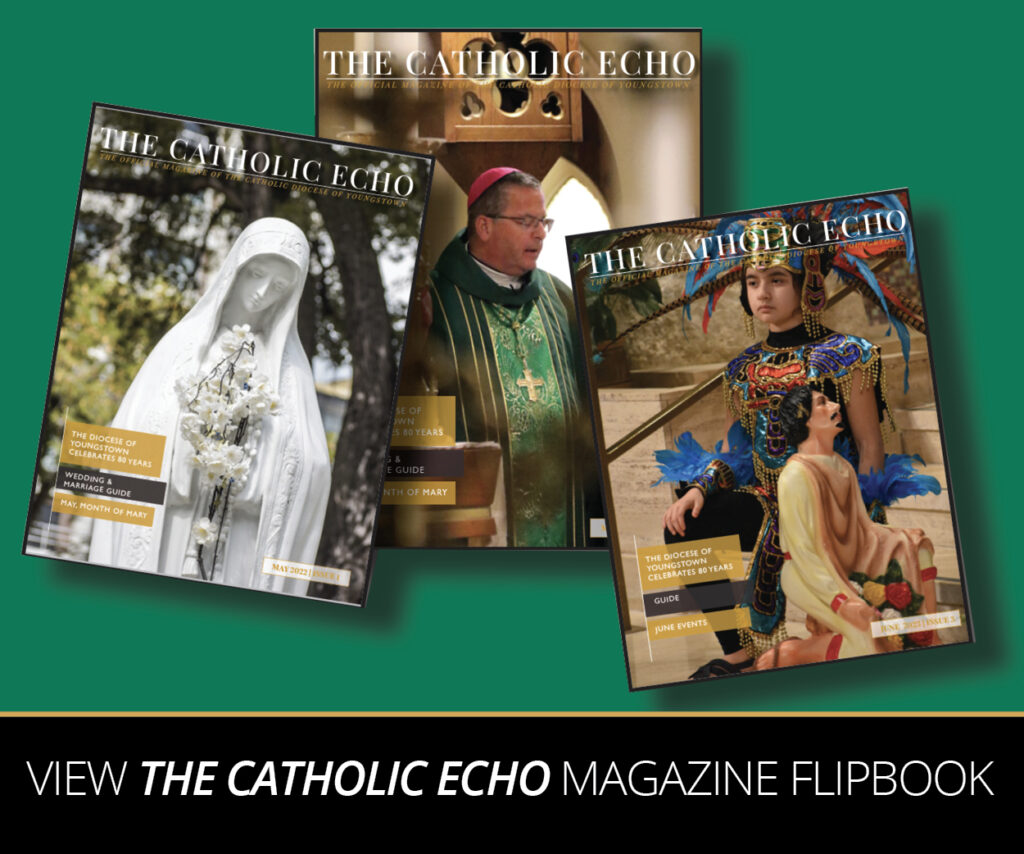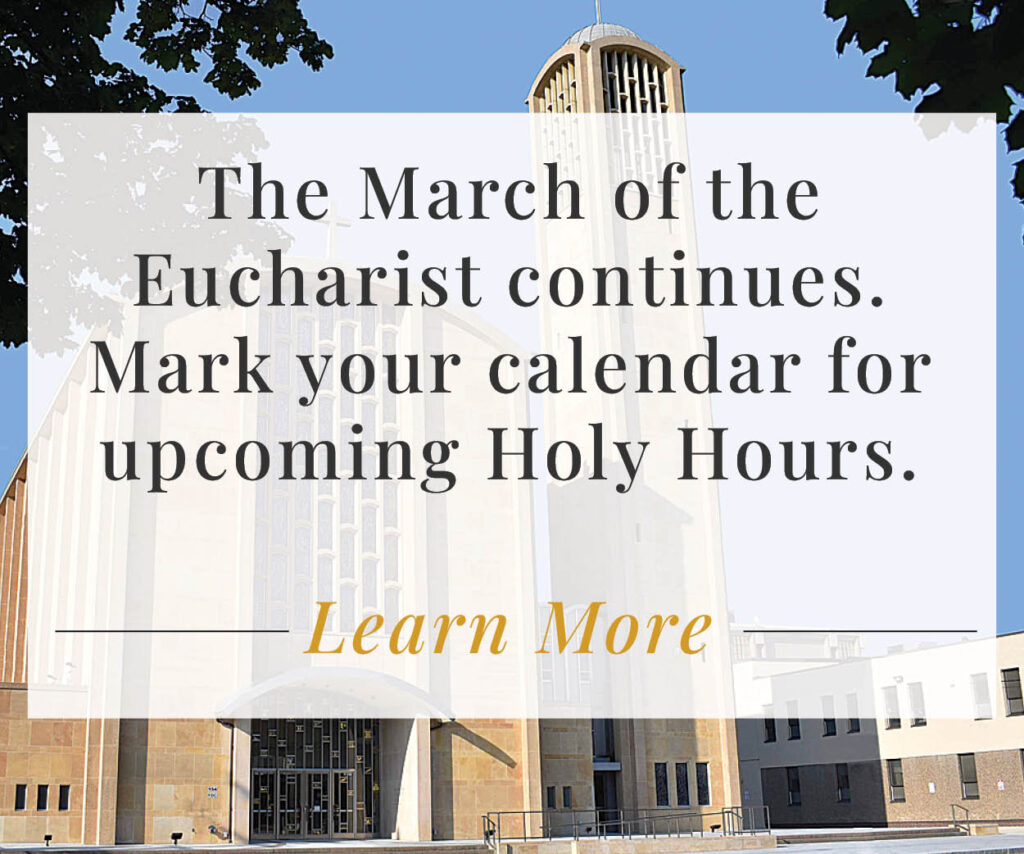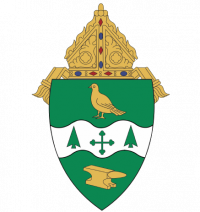
While the rosary is certainly not a modern concept, it is a surprisingly recent addition to our spiritual practice. It first appeared in its current form in the 16th century.
Although given official approval in 1568, tradition holds that St. Dominic developed the structure of the rosary after receiving a vision of the Holy Mother in 1208, in which she gave him a set of rosary beads and implored him to instruct others in its use. However, this story is contested by many credible scholars, and the constitution of the Dominican order does not link him with the creation of the rosary. At the same time, several popes have written apostolic letters in which St. Dominic is credited as the institutor of the practice.
The truth is that the rosary evolved over many centuries—if not millennium, considering the fact that prayer beads were commonly used even in the early days of the Church—and it is impossible to identify an exact origination of the concept.
Indeed, the development of the rosary beads may have been rooted in an already-established prayer practice called the Pater Noster, which consisted of a string of 150 beads, representing the 150 psalms. The Pater Noster is said to have originated in the third century with the Desert Fathers, who carried pouches of pebbles used to count the psalms. The Irish monks of the seventh and eighth centuries are commonly credited with the formalization of the Pater Noster into the form that is still in use today.
One reason why the rosary is a relatively recent addition to the Catholic faith is the trajectory of Marian veneration. While always revered throughout Church history, the Blessed Mother has come to be more highly held by Church doctrine over time. As her prominence in the faith has risen, so too has that of the rosary. For example, it was not until 431 AD at the Council of Ephesus that Mary was given the title “Mother of God”—this was a subject of debate, due to questions over the dual natures of Jesus. Similarly, the debate over whether Mary was conceived free of Original Sin waxed and waned for around a thousand years before finally being officially settled on December 8, 1854, by Pope Pious IX in his apostolic constitution Ineffabilis Deus, which was issued ex cathedra (infallibly).
The very form of the Hail Mary itself was not completed until the 16th century. Originally, the Hail Mary was not considered a proper “prayer” and only existed as a part of the Liturgy of the Hours, consisting only of the words the angel Gabriel spoke to Mary in the Annunciation. The next section of the prayer, consisting of the words Elizabeth spoke to Mary at the Visitation, were added around 1050 AD, and just over 200 years later, Pope Urban IV added “Jesus” to the end of the prayer to clarify that Christ was indeed the “fruit of thy womb” that Elizabeth was referring to.
The “Hail Mary” that we know today, which includes the final petition, was not officially approved until 1568 at the Council of Trent—closer to our time than to that of Jesus’.
It could even be said that the rosary is still in the process of development; the Fatima prayer—given by the Blessed Mother in an apparition to three children in 1917—is now commonly said at the end of each decade, and in 2002, Pope St. John Paul II introduced the Luminous Mysteries, focused on Jesus’ public ministry, to “highlight the Christological character of the rosary.”
This beautiful prayer is not only a way for us to deepen our relationship with Christ, but it gives us the opportunity to intertwine ourselves with the whole history of our faith.












